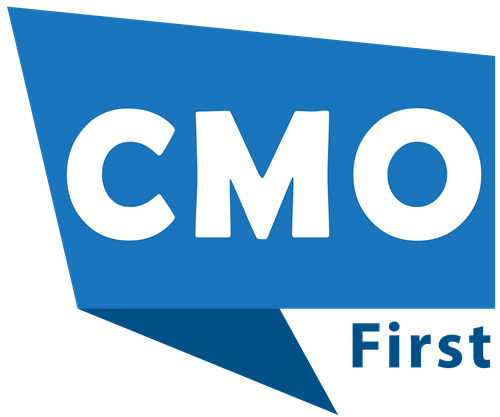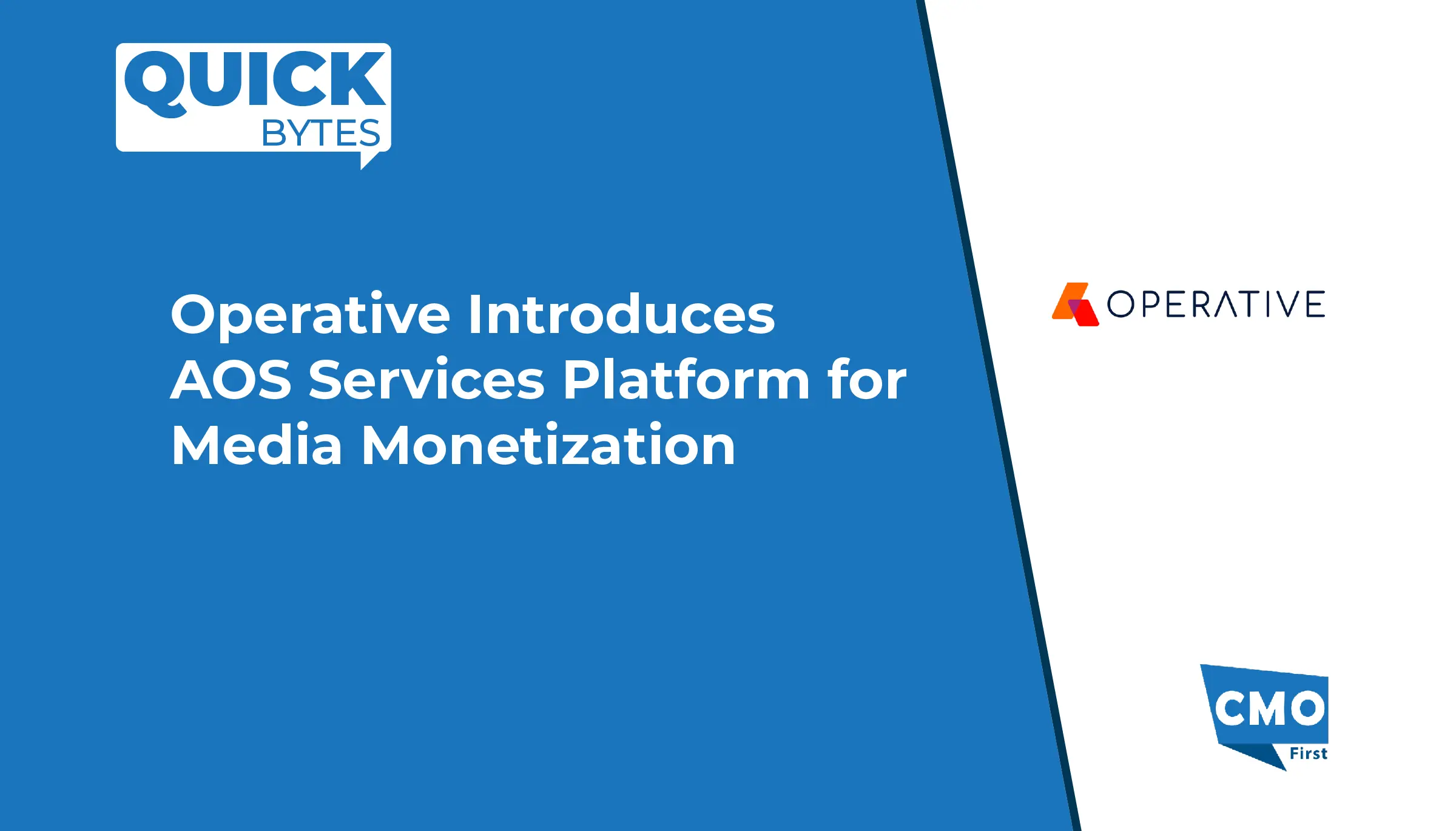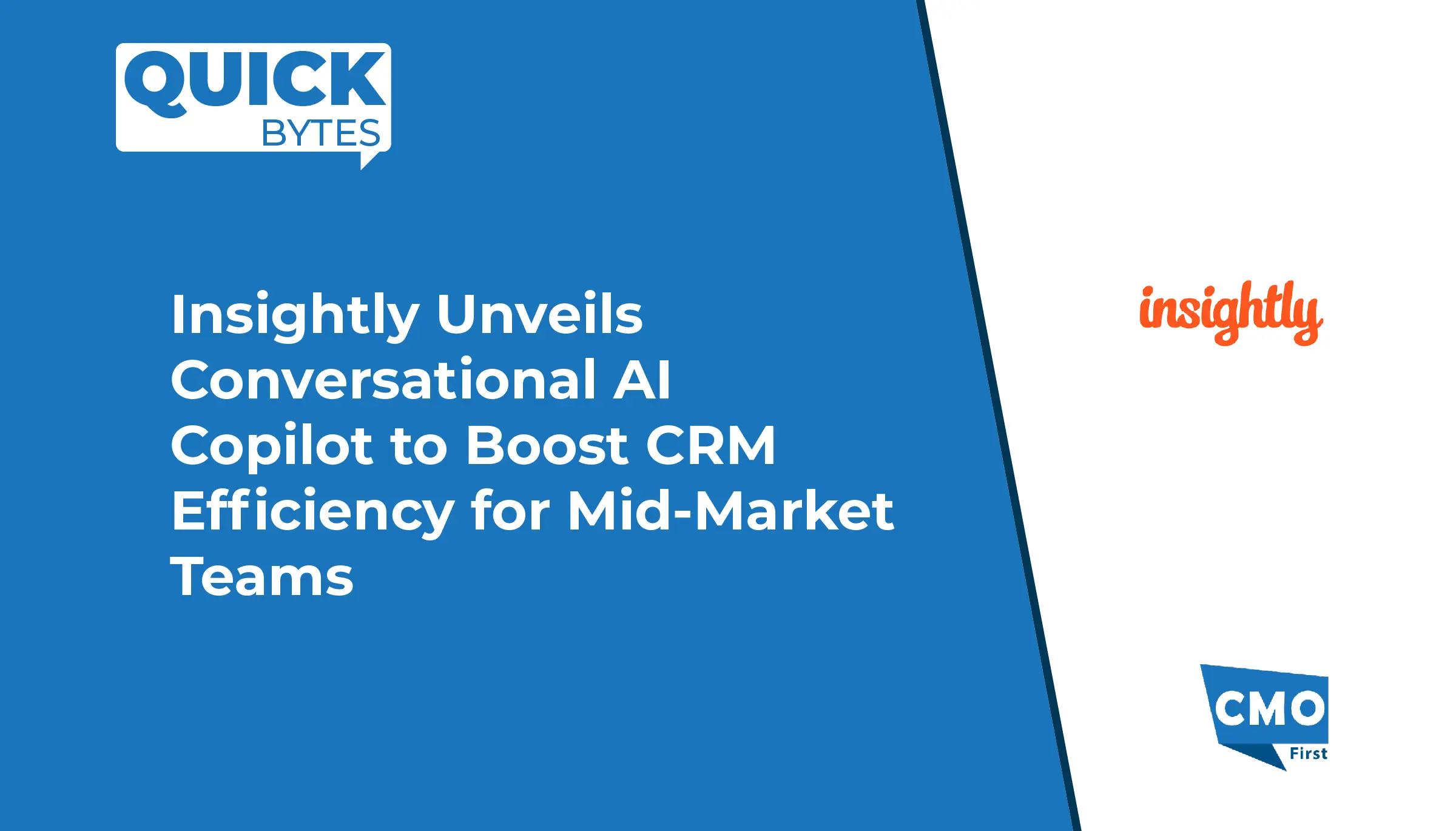The continuous evolution of technologies like analytics is allowing CMOs and CFOs to better understand the metrics of their strategies and to better use data to improve their business insights. Thus, empowered with evolving martech, CFOs and CMOs can hope to develop and foster a better relationship.
CMOs and CFOs have been at the two ends of the business spectrum. Because their work responsibilities are so varied, revenue has always been a point of contention between them. However, with the rise of digital channels for customers and availability as well as affordability of data analytics technologies, finance and marketing have become inextricably linked.
They may empower their companies by putting a new brand on the market and obtaining quantifiable data so they can speak in the same language. This data enables CFOs to see a direct correlation between what their marketing department is doing, where the brand’s money is going, and the results they are delivering in terms of brand growth. However, this is not enough.
Also Read: Boosting Marketing Conversions with Conversational Automation
For a brand to grow and achieve its long-term growth, CFOs and CMOs need to build and foster their relationship. By doing so, they will have a better understanding of each other’s challenges, can help each other out in crucial times and present a better front to get their ideas across to the board. Here are a few steps they can take to strengthen their relationship:
Collaborating on a frequent basis
According to the 2019 EY CMO-CFO Connection Report, ninety percent of marketing and finance leaders believe that they need to work more closely as their brands continue to grow their digital transformation initiatives. Additionally, there are mutual benefits in a stronger CMO-CFO relationships for other stakeholders, including investors. Since the ability to attract as well as retain customers supports business growth, the CFO can leverage the CMO’s understanding and insights when communicating their growth as well as investment story to investors and the board. This results in brands delivering better services to their customers, creating brand awareness, nurturing the right talent as well as driving insights from data.
Also Check: Leveraging In-Product Messaging to Reach and Retain Customers
Agreeing that it’s still about the numbers
Though CMOs and CFOs are on the same page in terms of the long-term growth of the brand, business leaders are only concerned with how their alliance can better predict sales as well as investments required to capitalize on growth opportunities. Hence, CMOs should strive to identify channels and brand opportunities through predictive analytics and provide raw data to CFOs to evaluate potential benefits. Additionally, CFOs should ensure that they have a base forecasting model in place that aligns with the volume of data the CMO was viewing and expecting.
As CFOs and CMOs now have common data sets, they can easily interpret and agree on the KPIs and speak in the same language, they should be able to capitalize on it and devise strategies and initiatives that can lead to the brand achieving its long-term goals and objectives.






















Leave a Reply